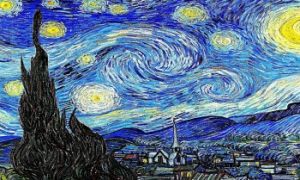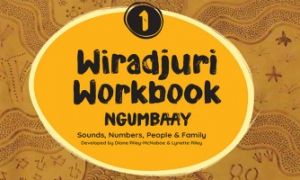Salvador Dali was a famous Spanish artist known for being unconventional in both his creations and appearance. His paintings, sculptures and films often have a dream-like quality about them, often because the bizarre landscapes or actions depicted cannot happen in the real world. This led to his art being described as Surrealism. Though such terms might sound rather highbrow, the art can be surprisingly conducive to working with children because of the very lack of logical possibility. Here are a few ways that you can explore Salvador Dali with your learners in early childhood settings.
Dali Sculpture
A fun place to start could be using play dough to represent Dali’s own quirky appearance. He had a personal style quite radical for his times and liked to shock people with his long hair, rapier-thin moustaches and flamboyant clothes Educators can supply print-outs of a simple drawing of Dali’s face and then encourage children to roll out the dough in a roughly similar shape. Small bits of dough can be used to make the nose and ears. Children can then roll out the black dough into different lengths and thicknesses to make the hair, eye and Dali’s iconic moustaches.
Paper Clocks
The painting ‘melting clocks’ is perhaps the most widely recognized of Dali’s works. Formally known as the Persistence of Memory, it is believed to communicate the all-pervading and perhaps all-powerful nature of time. Get your little learners excited about the activity by showing a print of the painting and then opening up discussions about what materials can be made to bend like that – for example cloth - or what could make a hard material soft – like heat? This might be a good time to slip in that the painting was inspired by a piece of Camembert cheese that Dali saw melting in the sun!
Children can then get on with their art by crumpling up a paper plate to bend it for a wavy pattern. The next step is to paint around the outside ridged portion of the plate and with the same colour, paint two clock arms and two circles - one big, one small - onto a piece of construction paper. After the clock arms and circles are cut out, the larger circle to the top centre of the paper plate. The clock arms are glued onto the centre of the plate with the smaller circle in the centre connecting the two arms. Encourage children to cut out numbers in wavy or skewed shapes and glue them on the clock face.
Dress Up Fun
Together with the children, look up books or videos of the clothes that Dali liked to wear. He is known for sporting, leopard-printed coats, shirts with ruffle collars and lots of accessories in precious gems like emeralds, sapphires and lapis lazuli. Let children have fun during dress-up time by incorporating materials and colours a la Dali or putting together an all-black ensemble like the artist.
Further Reading
Jackson Pollock For Children - Jackson Pollock was an American artist who painted in the abstract expressionist style. He is best known for works created by dripping and splashing paint on a large canvas that would lie flat on the floor. The following lists activities to explore Jackson Pollock with children.
Pablo Picasso For Children - Considered one of the greatest artists of the 20th century, Pablo Picasso is famous for a style of painting known as Cubism. The following lists activities to explore Pablo Picasso with children.
Claude Monet For Children - Oscar-Claude Monet was a pioneer of the French Impressionist style of painting. The following provides information on Claude Monet's art experiences that can be created by children.
Andy Warhol For Children - Andy Warhol became famous as an artist in the Pop Art movement which uses images from popular cultures like advertising, comic books and other everyday objects. The following provides information on Andy Warhol's art experiences that can be created by children.
Vincent Van Gogh For Children - Dutch painter Vincent Van Gogh has been widely acclaimed as one of the greatest figures in the history of art. His works exude intense emotional power with their vivid colours and bold brushstrokes. The following provides information on Vincent Van Gogh's art experiences that can be created by children.
References:
- Salvador Dali For Kids
- Salvador Dali Inspired Paper Plate Melting Clocks
- Seven of Salvador Dalí's sharpest (and wildest) outfits


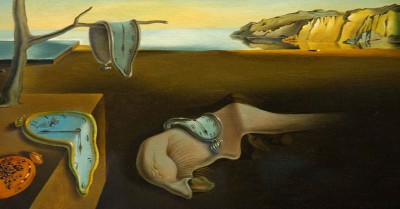
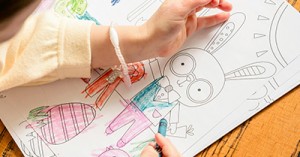
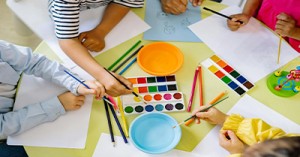
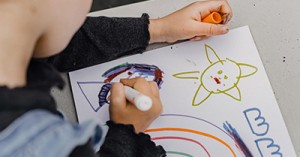
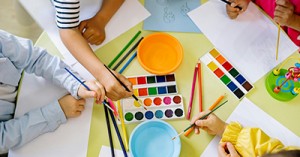
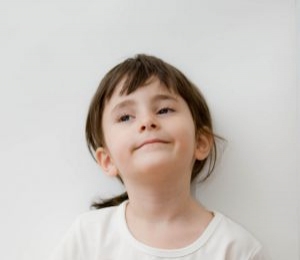 Open ended questions cannot be responded to with one word answers such as yes or no. These types of questions enables a child to provide
Open ended questions cannot be responded to with one word answers such as yes or no. These types of questions enables a child to provide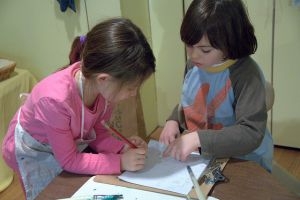 During your child’s preschool years, an important milestone begins to emerge. This is the development of pre-writing skills. Pre-writing skills are used to encourage, develop
During your child’s preschool years, an important milestone begins to emerge. This is the development of pre-writing skills. Pre-writing skills are used to encourage, develop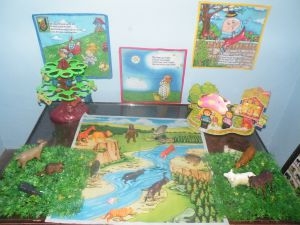 Open ended materials enables children to play freely. They are objects that have no rules to follow, use or function. Raw materials that can be
Open ended materials enables children to play freely. They are objects that have no rules to follow, use or function. Raw materials that can be An Acknowledgment of the Country is a way of showing respect for the Traditional Owners and can be given by both non-Indigenous people and Aboriginal
An Acknowledgment of the Country is a way of showing respect for the Traditional Owners and can be given by both non-Indigenous people and Aboriginal Language plays an important role in a child’s development. It enables a child to communicate effectively with their family, learn at school, socialize with friends,
Language plays an important role in a child’s development. It enables a child to communicate effectively with their family, learn at school, socialize with friends,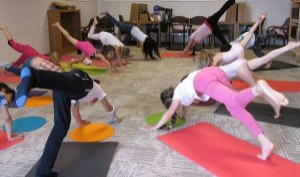 Like adults, children have to deal with their own stress in life. Moving house, starting a new school, preparing for a new sibling - these are
Like adults, children have to deal with their own stress in life. Moving house, starting a new school, preparing for a new sibling - these are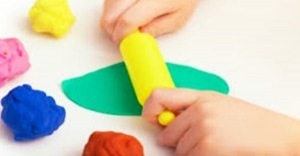 Playdough is such a versatile material. It provides numerous benefits to children as they manipulate it, it is safe and soothing and provides children with
Playdough is such a versatile material. It provides numerous benefits to children as they manipulate it, it is safe and soothing and provides children with Teaching children about sustainability enables them to appreciate and respect the natural environment. Early childhood services can provide meaningful hand on learning experiences in order
Teaching children about sustainability enables them to appreciate and respect the natural environment. Early childhood services can provide meaningful hand on learning experiences in order Recycling is an important concept that teaches children to care for the environment. It encourages children to be responsible and show a growing appreciating for
Recycling is an important concept that teaches children to care for the environment. It encourages children to be responsible and show a growing appreciating for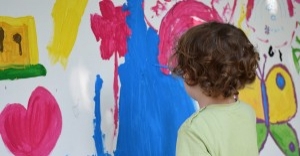 When children apply paint to paper, glue things together, or pound a lump of clay, they experiment with colour, shape design and texture.
When children apply paint to paper, glue things together, or pound a lump of clay, they experiment with colour, shape design and texture.

